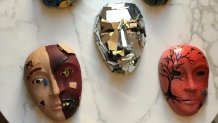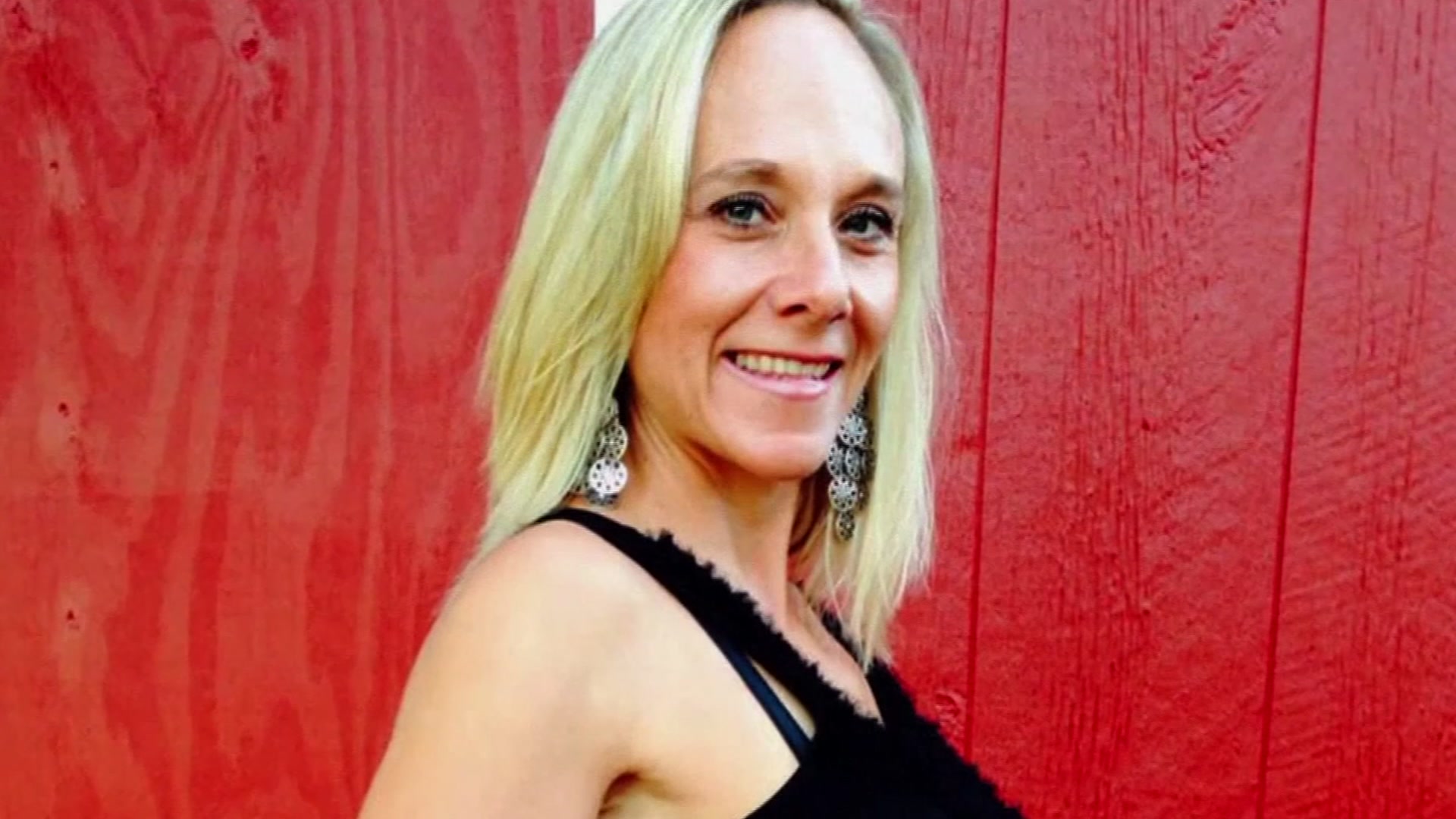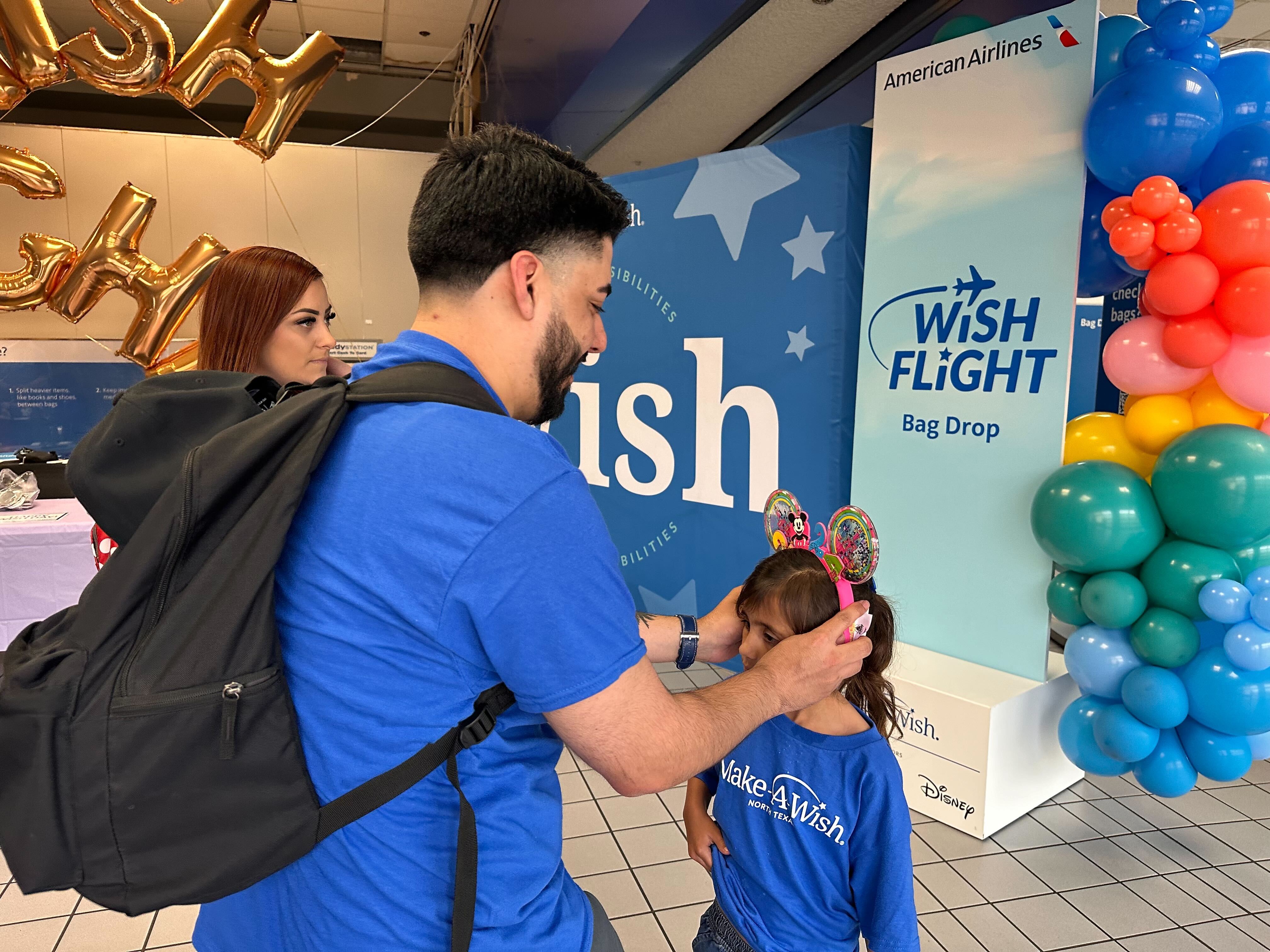Creative Forces, a National Endowment of the Arts (NEA) military healing arts network, is expanding to Fort Hood.
The NEA partnered with the Department of Defense to offer creative art therapies to service members experiencing traumatic brain injuries and associated psychological issues and will extend its services to Texas by early 2017.
This partnership began in 2011 at the National Intrepid Center of Excellence (NICoE) at Walter Reed Betheseda in Maryland and the NICoE Intrepid Spirit-1 at Fort Belvoir in Virginia.
Creative art therapies have benefited service members by reducing stress and anxiety, improving communication and interpersonal skills, helping insomnia, and helping confront difficult emotions like frustration, grief and anger.
The President and Congress recognized the value and success of the program and in the fiscal year of 2016, Congress appropriated a $1.98 million budget increase for the NEA, specifically for the expansion of Creative Forces.

Fort Hood is one of ten military facilities where creative art therapies will be added to complement traditional treatment options. Music and art therapy along with creative writing instruction will give service members multiple options for therapy.
Local
The latest news from around North Texas.
Painting is a popular outlet as military personnel paint and embellish masks to illustrate their feelings.
“It’s often hard for soldiers to find the words to express themselves. This program creates a forum that is safe and the arts is a wonderful medium to express feelings without words,” said Dr. Scot D. Engel, a clinical psychologist currently serving as the Fort Hood Intrepid Spirit and DVBIC Site Director.
Music therapy has been a historic asset to the rehabilitation of soldiers.
“Music therapy has its roots in the military dating back to the early 1900’s when volunteer musicians visited veteran centers to perform for service members returning from World War I and Word War II. During World War II, specifically, music was used to improve morale of returning veterans and medical professionals discovered the beneficial outcomes of music when applied in physical and behavioral realms,” said Rebecca Vaudreuil, a board-certified music therapist associated with the NEA who works with returning veterans.
Board-certified music therapists work with veterans in a clinical setting to help contend with injuries from modern warfare and assist in the areas of behavioral health, sensorimotor, speech and language, and cognition.
“The inherent sociality of music is in line with the unique camaraderie that exists among military personnel. From a socio-behavioral perspective, music is used as a catalyst for prompting communication of self-insight and emotional expression. Songwriting, music making, and performance capture the essence of service members’ experiences and contextualize them in a safe and supportive space, allowing patients to embrace their creativity, process thoughts, communicate feelings, and share their stories through musical compositions that both lyrical and instrumental in nature,” Vaudreuil explained.
A major focus of Creative Forces is to help military personnel returning from service to reintegrate into their community and families.
“Creative art therapies provide an outlet for feelings and thoughts and help them find satisfaction in their daily lives as they reintegrate,” said Christopher Miller, the Chief Nursing Officer at the Intrepid Spirit Fort Hood, Texas.
Creative art therapies offer a sense of security for service members, he said.
“Soldiers often turn their homes into bunkers. Art is a safe place for them. It gets them out of the house, engages them in the community, and helps them see that the world is a safer place than they think,” Engel said.
The NEA is also developing a network of state, local, and regional arts agencies to develop community arts programs to allow service members to further explore the arts beyond the clinical setting. At Fort Hood, an initial meet-and-greet event with an estimated thirty artists and arts groups revealed the arts community’s enthusiasm for the program.
“There’s a sense of patriotism to help our soldiers. Often these artists know someone from the military and they want to help. There is an underlying factor of gratitude for their service and they are wanting to give back to the military,” Miller explains.
Glass-blowers, potters, writers, painters, dramatists and song writers want to help service members continue their artistic exploration and make it art part of their daily lives. “We want them to catch the fire of the arts,” Engel said.
As Creative Forces expands to these ten new facilities, the NEA is making a significant investment in researching the biological, psycho-social, behavioral and economic impact of the art-based therapies and developing specialized training for art therapists working with service members.
The NEA is also creating an online toolkit to help communities understand how to support service members, veterans and their families through creative arts therapy. Creative Forces offers Texas military personnel an opportunity to explore their artistic side and heal from the war wounds that cannot be seen.



